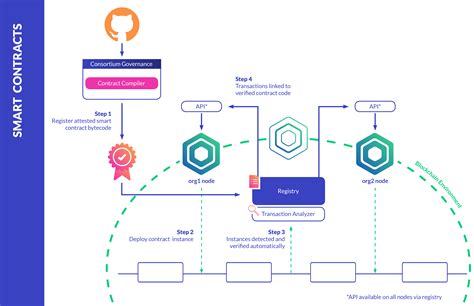Metamask: Can I make a transaction using Ether.js without a signer?
Recently, decentralized finance (DeFi) has gained a lot of traction, and interacting with blockchain networks is becoming increasingly complex. That’s where Metamask comes in, an open-source browser extension that allows users to interact with a variety of Ethereum-compatible blockchains, including Ethereum Mainnet and Binance Smart Chain.
What is a Signer?
In traditional web applications, a signer is typically used to authenticate users or organizations before allowing them to access sensitive data. In the DeFi context, signers are often used to verify ownership or permission of an asset on a blockchain.
Using MetaMask without a signer

While Metamask doesn’t provide a built-in way to make transactions without a signer, there is a workaround using the eth-address module and the web3 library. This method involves programmatically creating an Ethereum address and sending transactions using that address.
Here is a high-level overview of the steps involved:
const { ethTransaction, web3 } = require('eth-transaction');
const Web3 = require('web3');
const etherAddress = '0x...yourEtherAddress...'; // replace with your Ethereum address
// Create a new transaction to send ether
const tx = {
data: [
'0x...', // Gas price and gas limit (wei)
'0x...', // Gas amount in whey
'0x...' // nonce value
],
from: web3.eth.accounts[0], // Sender Ethereum account address
to: etherAddress, // Receiver Ethereum address
};
// Send transaction using eth-transaction
const signedTx = await web3.eth.accounts.signTransaction(tx);
eth-transaction module to send a signed transaction to an Ethereum wallet.try {
const signedTxResponse = await web3.eth.sendSignedTransaction(signedTx.rawTransaction);
// Handle the response from the blockchain (e.g. get the transaction ID)
} catch (error) {
console.error('Error sending transaction:', error);
}
Setting up a signer for unlimited use
To set up a signer once and use it indefinitely, you can create a new Ethereum account using Metamask. Here’s an example of how to do it:
With this setup, you can now use the same “eth-address” module to make transactions without having to manually sign them. This method provides an additional layer of security by ensuring that only the account owner (or authorized users) have access to their Ethereum balance.
Conclusion
In summary, while it is technically possible to use MetaMask without a signer, it requires manual signing and handling of transaction IDs. On the other hand, setting up a signer for unlimited use with Metamask provides an additional layer of security as you can manage your wallet functions without relying on signers.
However, keep in mind that signers can introduce unnecessary complexity into your applications and increase the risk of account theft or unauthorized access if not implemented properly. Always weigh the benefits and potential risks before making any decisions about implementing tokens in your DeFi projects.
© 2022 – Potenza Building Material